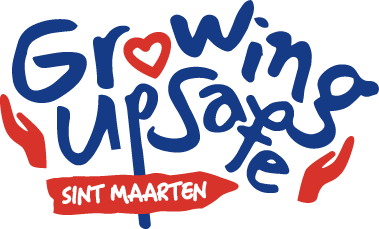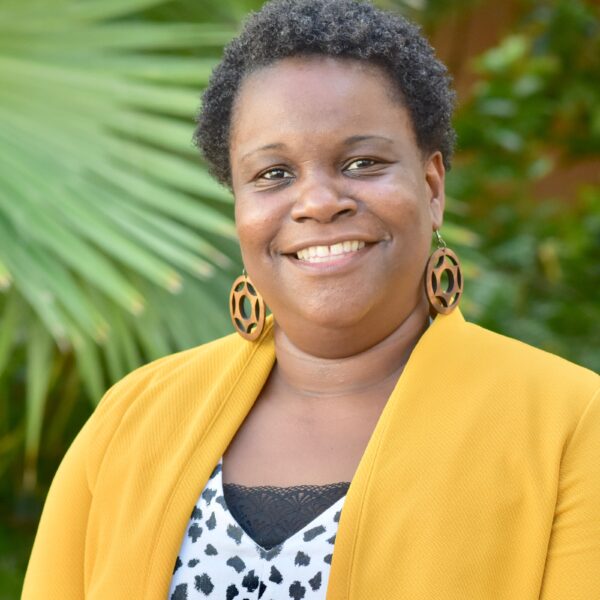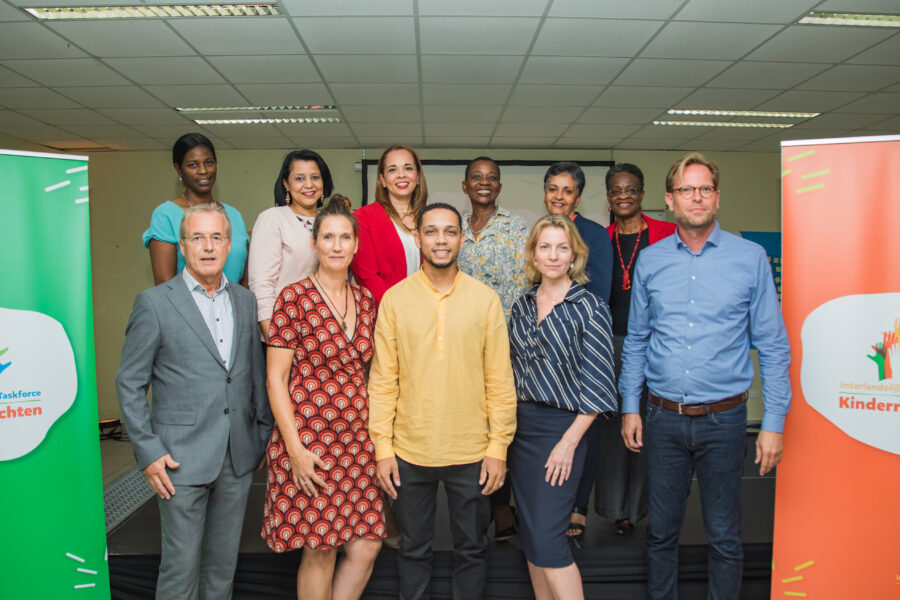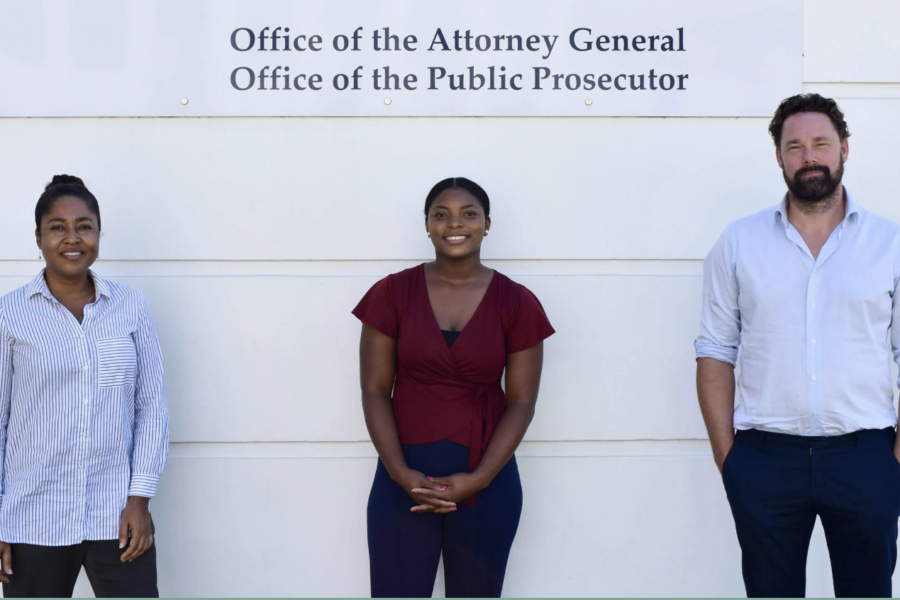When parents are unable to adequately take care of their children, the child or adolescent can in some cases be placed under ‘protective measure’ by a judge. This is executed by The Family Guardianship Department of SJIS. How do you restore safety for a child? Cynthia Filemon and Meredith Concincion: “When we all work together, it makes it a lot easier.”
“Just last week we had a crisis; one of our clients who is 17 was sleeping on the street.”
“I’ve learned how to cope,” says Meredith Concincion, Senior Family Guardian, with a smile on her face. Meredith has been working with kids placed ‘under protective measure’ for over 30 years. “In bad situations, where children are abused, people sometimes wonder how I keep so calm…. and ask me if I care. I care a whole lot, but to do this job well, you cannot let your emotions get the best of you.”

A child is placed under protective measure when his/her situation becomes unsafe within a household. This can happen due to reasons such as neglect, abandonment, physical abuse, verbal abuse, sexual abuse, witnessing violence or family conflict.
Meredith has been working with kids placed ‘under protective measure’ for over 30 years. A child is placed under protective measure when his/her situation becomes unsafe within a household. This can happen due to reasons such as neglect, abandonment, physical abuse, verbal abuse, sexual abuse, witnessing violence or family conflict.
How does one restore safety for a child? Many variables have to be considered; is the child able to get all his basic needs such as food, water and shelter; does the child have access to education; is he receiving proper health care; and is the child getting proper emotional nurturing and stimulation.
Restoring safety
Many cases within the Family Guardianship Department are due to neglect. Neglect is the ongoing failure to meet any of the abovementioned needs. Meredith: “For example, we have had cases where children were left home alone for days at a time, not receiving proper food, hygiene or supervision. This also leaves children open to other forms of abuse.”
In the case of neglect, Meredith and her team aim to work together with the parents of the child to remedy the cause of the neglect and prevent future incidents. However, this is not an easy task: “On Sint Maarten, most of our neglect cases are linked to poverty. For instance, a single parent needs to work multiple jobs to make ends meet. It is hard to demand that a parent is at home more when he/she needs to work to pay their rent,” Meredith explains.
In this case, restoring safety can include steps such as: encouraging both parents to be more involved, asking extended family to help out and advising the household to make use of available social programs that provide positive parenting classes, meal programs or after-school activities.
In severe cases restoring the safety of a child is also coupled with placing the child in a safe environment, providing needed therapy and medical attention, and ensuring that the child regains a sense of security.
Delta Method
The Family Guardianship Department has had to deal with as many as 150 cases at one time. However, thanks to the implemention of new regulations, as well as the ‘Delta Method’, their cases have been in steady decline.
The Delta Method helps family guardians to eliminate the developmental threat(s) to the child by setting concrete goals for the family. This is done by formulating the concerns, as well as strengths of the family, translating concerns into possible disruptions to the development of the child, naming desired development outcomes, and then making clear action points with the family.
“Since we have adopted the Delta Method, which is also used in the Netherlands, BES & Curacao, we have been able to close cases more efficiently,” says Cynthia Filemon, Acting Director of SJIS. Although the SJIS has seen improvements due to adapting the Delta Method, Cynthia expresses that bigger improvements will only be seen with more governmental support.
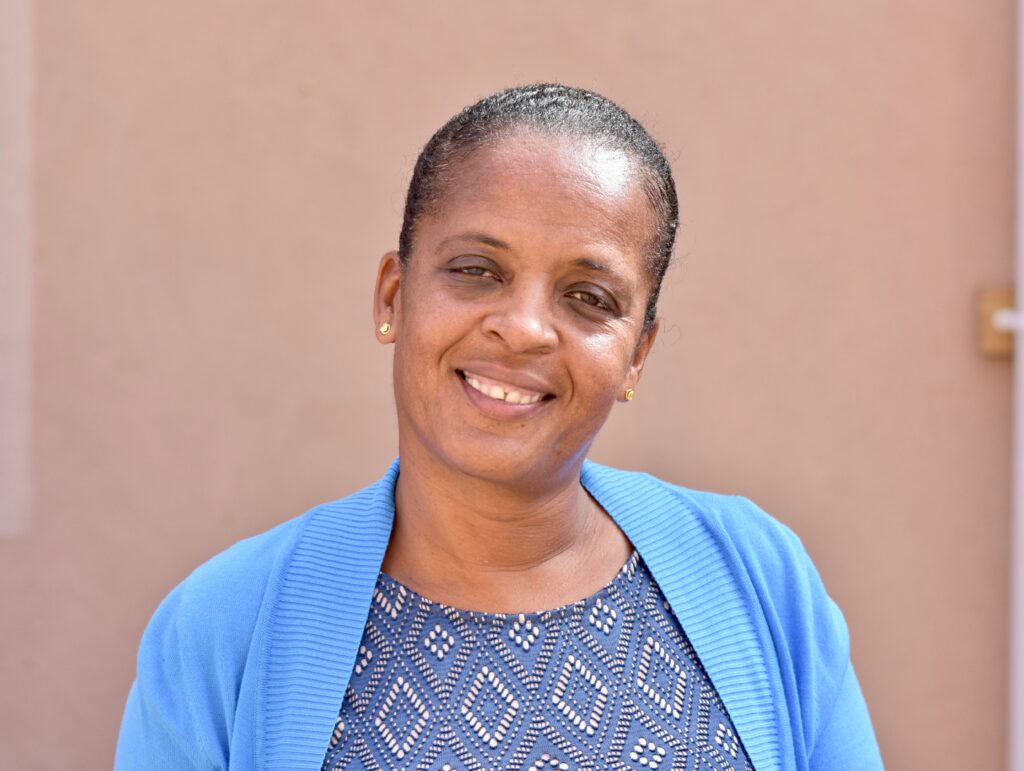
“We have been dealing with outdated laws, or lack thereof, in regards to child protection. For example, the judge can stipulate that a parent needs to go to parenting classes; however, it cannot be mandated. This means that in reality we can advise an abusive parent to learn alternative parenting techniques, but he or she can choose not to do this, which is often the case,” explains Cynthia, who has been petitioning to administrators that the laws need to be reviewed.
“We do not have enough safe housing, care facilities, specialized staff or parenting programs to be able to fully do our job to protect children on Sint Maarten,”
A leaking pipe
The lack of judicial repercussions for abusive behavior isn’t the only challenge SJIS and other child-care entities face on Sint Maarten. “We do not have enough safe housing, care facilities, specialized staff or parenting programs to be able to fully do our job to protect children on Sint Maarten,” expresses Cynthia.
Meredith and her team deal with the lack of specialized care daily: “Just last week we had a crisis; one of our clients who is 17 was sleeping on the street. His low IQ and behavioral issues made him a difficult case; he ran away from the few facilities we have available, but as he has not committed a crime, he cannot stay at the Miss Lalie Center. All we can do is our best. When my team gets frustrated I remind them that we are here for the child and we cannot give up.”
Both Cynthia and Meredith can never ‘clock-out’, often staying after office hours: “Our work is underestimated. What happens when you fix a leaking pipe with the wrong tools? It is going to leak again. We are not trying to fix a pipe, we are trying to protect our children – and our community should view this ‘leak’ as a crisis.”
Community effort
It isn’t only in the best interest of the child to ensure his/her safety, but also for our society. Cynthia stresses: “Child abuse and neglect have been shown to increase the risk of later forms of antisocial behavior, including violence perpetration and crime in adulthood. We notice this firsthand with the adults that we deal with in our probation office.” SJIS messaging always includes: “The more our community gets involved with the well-being of our children the better.” In their experience, people often think that they can only report child abuse but the public’s role goes further than that: you can talk to parents, offer to share a meal or carpool, or keep an eye on children playing in your neighborhood. Professionals who work with children have an even bigger responsibility. Especially teachers can play a big role in helping to ensure that a child regains a sense of safety after abuse. They often already have a relationship with parents, making it easier to encourage them to take steps towards improvement within the household. Family guardians try to work together with teachers, mental health care-professionals and social workers, but this cooperation could improve. Lastly, although a much bigger step, foster parents are hardly found within Sint Maarten, something that the SJIS would like to see change.
Positive outcome
However many challenges the Family Guardianship Department faces, Cynthia and Meredith have seen the positive outcome when parents and the community do prioritize the well-being of a child: “Just a few months ago, the mother of two boys who were under supervision completely turned her life around. She has been going to parental classes, got help from her network, got a job and apartment, and has been actively showing that she wants to be a good parent.”
“One of our children, now a young man, grew up mostly in foster homes. Although he struggled a lot in those years, he got help from various NGO’s and individuals, and now has a stable job and is hoping to save enough to further his studies. A twelve-year-old girl got adopted by a foster family this year. She was placed in the system due to neglect. Although she could not be placed back at home, she was welcomed by a great foster family and is now in safe hands.”
Restoring the safety of a child can be complicated. However, when we all work together, it makes it a lot easier.
Meredith: “Just ask yourself: what do I need to feel safe; and then realize that children cannot provide many of those things for themselves. They need their parents, family, teachers, doctors and community to help them.”
SJIS: two units
The Foundation Judicial Institutes St. Maarten (SJIS) includes two units: 1. Probation Services, 2. Family Guardianship Department and a Foster Families Central Unit. Sometimes parents are unable to adequately take care of their children. This can happen for a variety of reasons and children become victims of abuse or neglect. If it is beneficial for the safety and/or well-being of a minor, they can be placed under ‘protective measure’ by a judge. The Family Guardianship Department executes the protective measure. This can mean either that they provide guidance to the child and family within their own surroundings, or in specific cases are responsible for placement of the child in a safe environment.
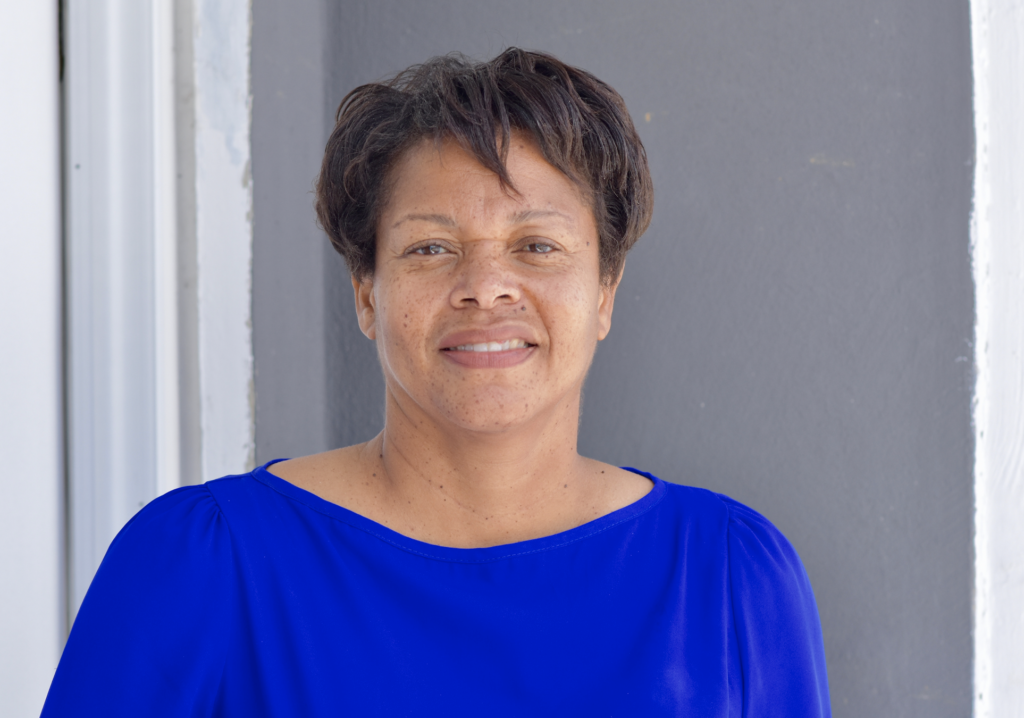
Sometimes parents are unable to adequately take care of their children. This can happen for a variety of reasons and children become victims of abuse or neglect. If it is beneficial for the safety and/or well-being of a minor, they can be placed under ‘protective measure’ by a judge. The Family Guardianship Department executes the protective measure. This can mean either that they provide guidance to the child and family within their own surroundings, or in specific cases are responsible for placement of the child in a safe.
rtment and a Foster Families Central Unit. Sometimes parents are unable to adequately take care of their children. This can happen for a variety of reasons and children become victims of abuse or neglect. If it is beneficial for the safety and/or well-being of a minor, they can be placed under ‘protective measure’ by a judge. The Family Guardianship Department executes the protective measure. This can mean either that they provide guidance to the child and family within their own surroundings, or in specific cases are responsible for placement of the child in a safe environment.
“This can mean either that they provide guidance to the child and family within their own surroundings, or in specific cases are responsible for placement of the child in a safe environment. “
NAME GOES HERE
